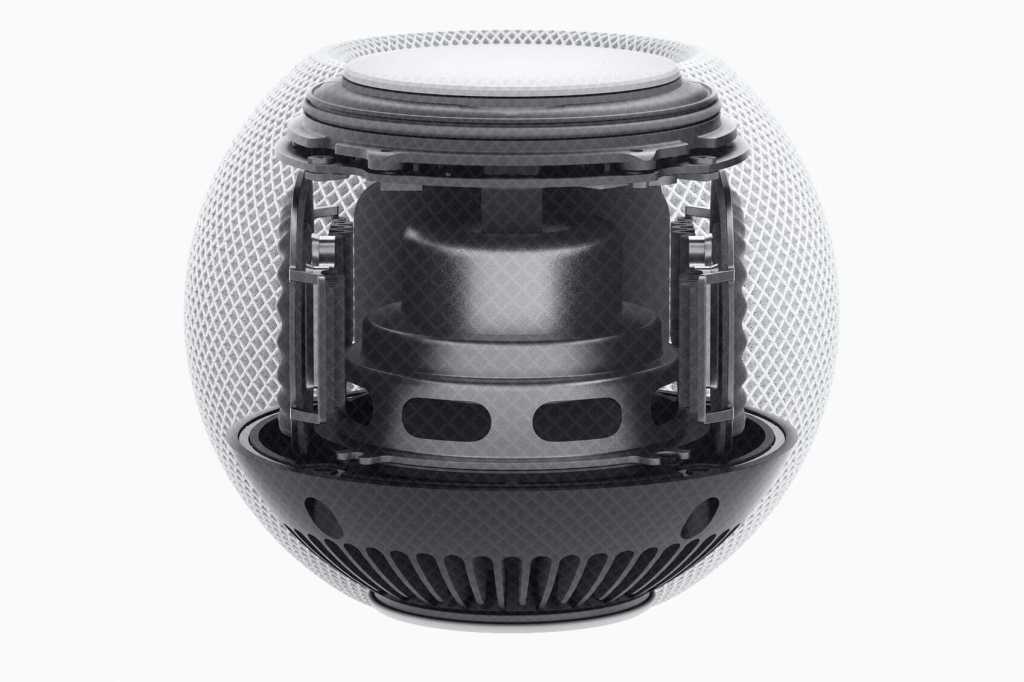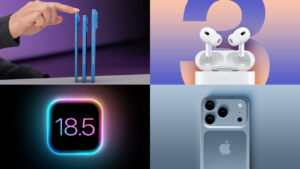How the HomePod mini can succeed where Apple’s first smart speaker failed
[ad_1]
In an unexpected move, Apple revealed late Friday that the full-sized version of its HomePod smart speaker would be discontinued. This came a couple of days after the Space Gray model had already been listed as out of stock, prompting theories about a possible refresh to the product.
Perhaps more surprising than the demise of the HomePod, however, is that this does not actually mark the end of Apple’s smart speaker ambitions. The three-year-old HomePod is survived by its smaller and less-costly sibling, the $99 HomePod mini, introduced last fall.
There are myriad reasons why the HomePod failed, chief amongst which were a late start in the category, mistaking what exactly the market wanted out of such a device, and a high asking price. But what makes this change unusual is that, rather than cutting bait entirely, Apple seems to be sticking it out with a cheaper, less ambitious alternative. So why did the HomePod mini succeed where the larger failed, and what might this tell us about the future of the product line—if there is one?
Dipping into chips
On the outside, the mini may look very similar, if—as its name suggests—much smaller than the standard HomePod, but it actually boasts two hardware capabilities that its larger counterpart does not: a ultra wideband chip and a Thread radio.
So far, the uses of these chips have been fairly limited. In a recent software update, Apple added a new Handoff mechanism that works with devices that sport a U1 chip (mainly the iPhone 11 and 12 series). Since that chip can detect proximity with a high degree of precision, it means the U1 handoff feature should be more reliable than the old Bluetooth method. But that’s only dipping one’s toe in the possibilities: the U1 chip could also provide other abilities, such as helping you locate your phone or other U1-enabled devices, or potentially avoiding the annoyance of summoning Siri, only to have the wrong device respond.
Apple
Apple
Likewise, the Thread radio in the mini points to something that was supposed to be a marquee feature of the original HomePod: the ability to act as a smart home hub. Though the original HomePod could act as a HomeKit hub, mediating interactions with other smart home tech, it only supported accessories that used Wi-Fi or Bluetooth—third-party devices that rely on other wireless technologies, such as Thread or ZigBee, generally requires an additional hub that connects to your network.
Thus, the HomePod mini is far better positioned to be an actual hub for the increasing amount of smart home tech that’s making its way into consumers’ houses, especially as Apple and the rest of the industry push towards a smart home standard.
A sound miscalculation
Unsurprisingly, one place that Apple miscalculated for the HomePod was sound. The company’s been down this road before, with the late (and somewhat lamented) iPod Hi-Fi. That was a beautifully designed device that boasted impressive sound, but came at a price-tag that was decidedly higher than the cheaper speakers flooding the market. Sound familiar?
The problem is that Apple wedged itself in a tough market, in between a sea of cheap Bluetooth speakers and the kind of super-high-end sound systems that audiophiles are willing to shell out way more than $350 to get.

Apple
Apple
On the other hand, the mini manages to thread that needle more adroitly. Its sound isn’t on par with the larger HomePod (especially when it comes to bass), but at $99, it’s good enough. Roughly 80 percent of the sound quality for a third of the price is a pretty good deal. That’s a concept that Apple, a company that prides itself on making best-in-category products, struggles with. But in this case, it’s an important lesson to learn. (And one the company should consider in some of its other product categories, like the Apple TV.)
Most consumers in the market for a smart speaker want something that sounds decent when playing music and podcasts, and the HomePod mini, frankly, gets that job done.
The future of the line
On balance, the survival of the HomePod mini seems to suggest that Apple has realized the more important part of the smart speaker market is not necessarily the “speaker” part, but the “smart”. Finding the balance between good sound quality and a more capable home hub experience might help re-center the product as part of the company’s ecosystem—not to mention putting it in the sweet spot for consumers.
That’s not to say there isn’t room for the HomePod line to expand in the future. My colleague Jason Snell has been bullish on the idea of a HomePod-style soundbar for the living room, for example, while others have suggested incorporating other features, such as wireless router capabilities.
But the luxury of having the $99 HomePod mini around means that Apple can afford to wait and see exactly how the market plays out, without holding onto an expensive (both to the consumer and for Apple to produce) product. By all accounts, the mini has been a more successful product than the original HomePod and, in the truest Apple fashion, holding down the low-end leaves some headroom for the product line to grow above it.
[ad_2]
Source link







